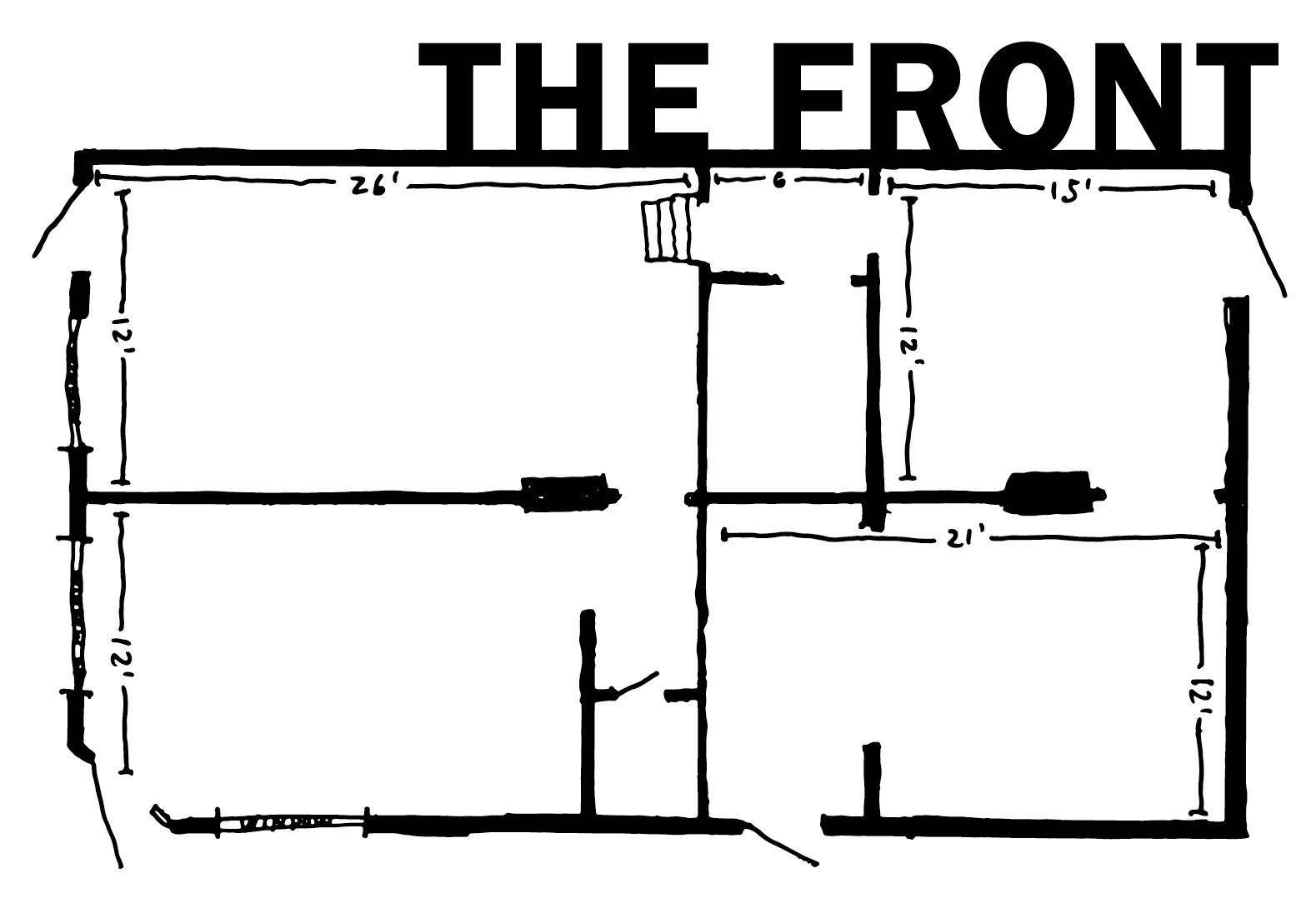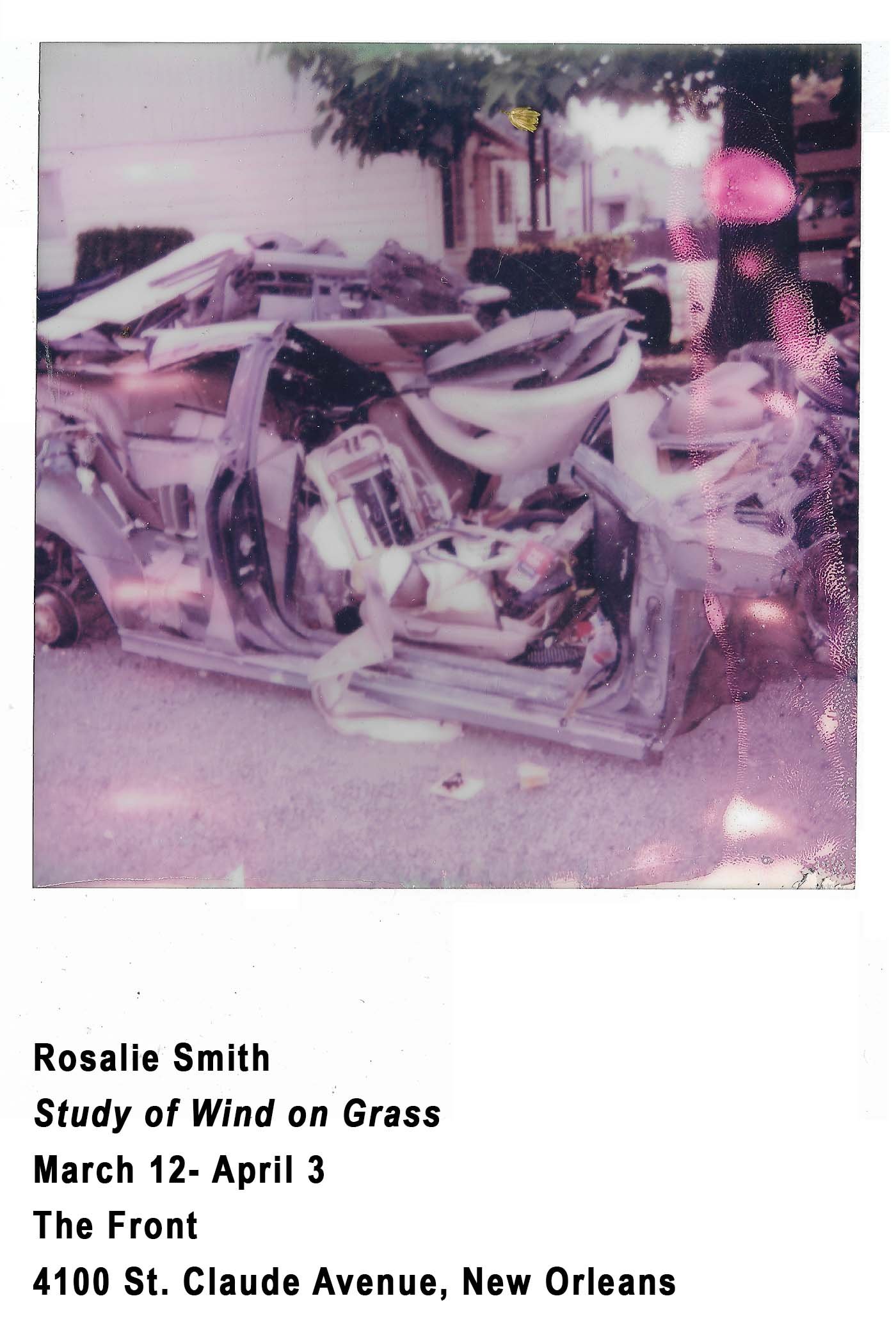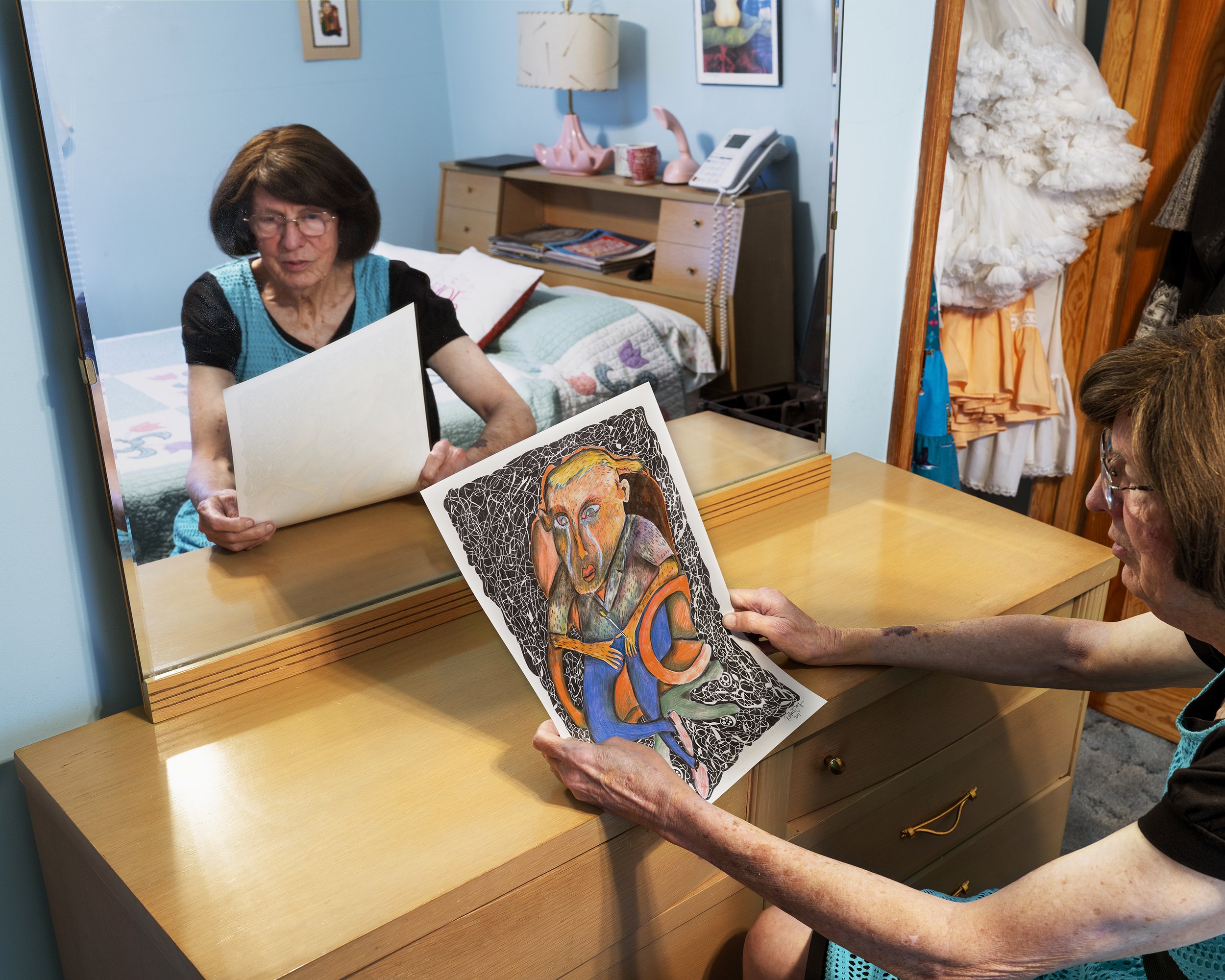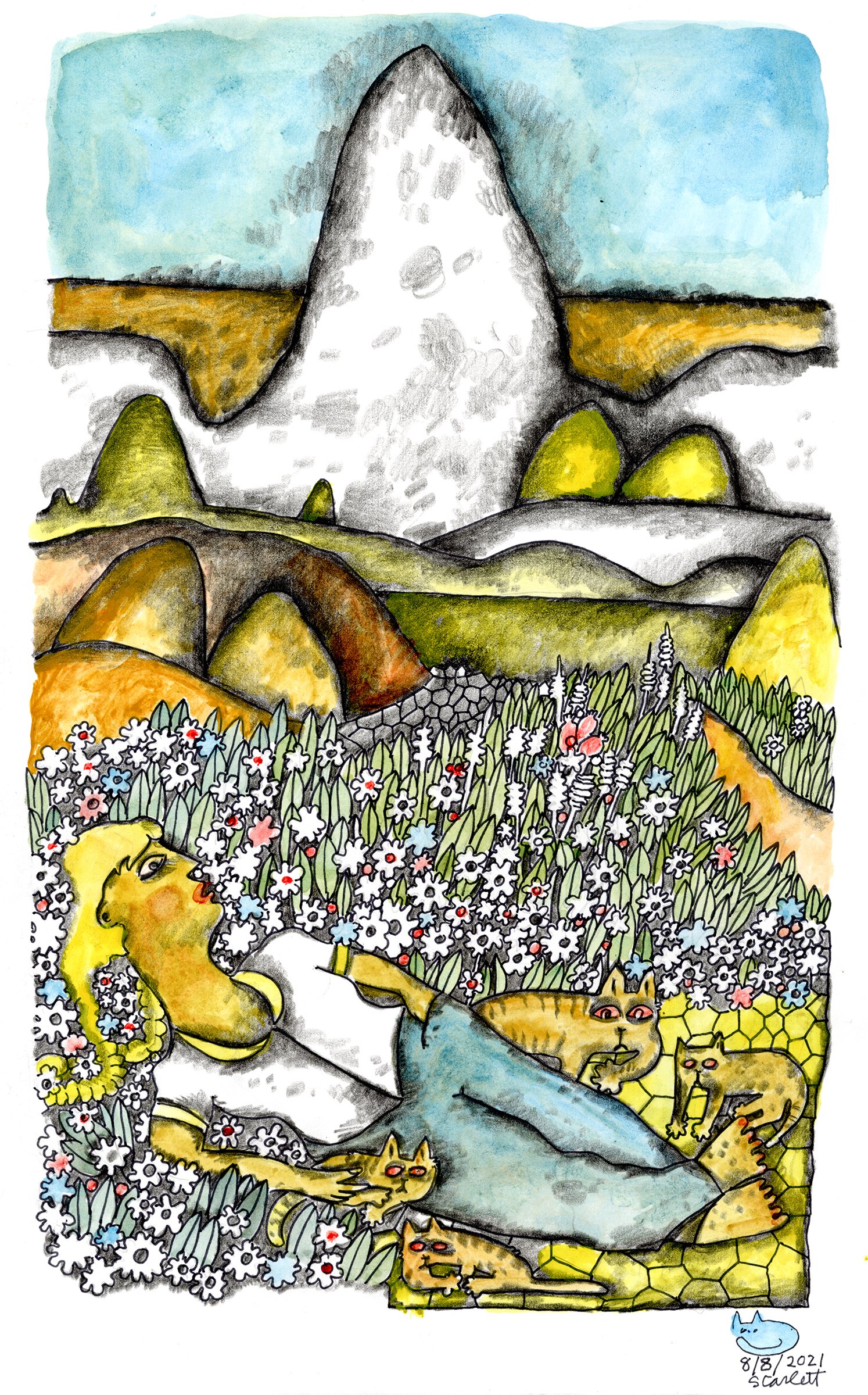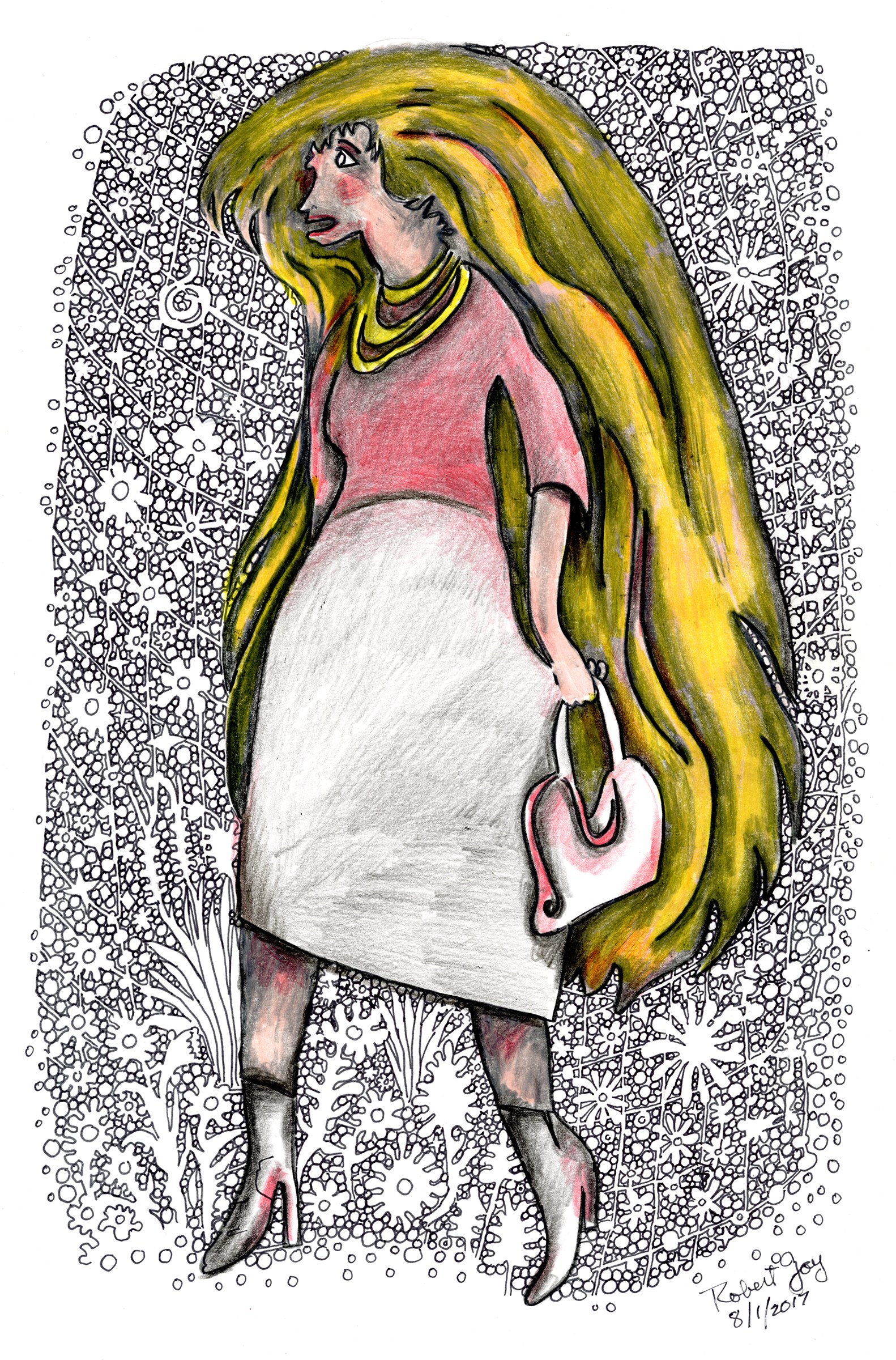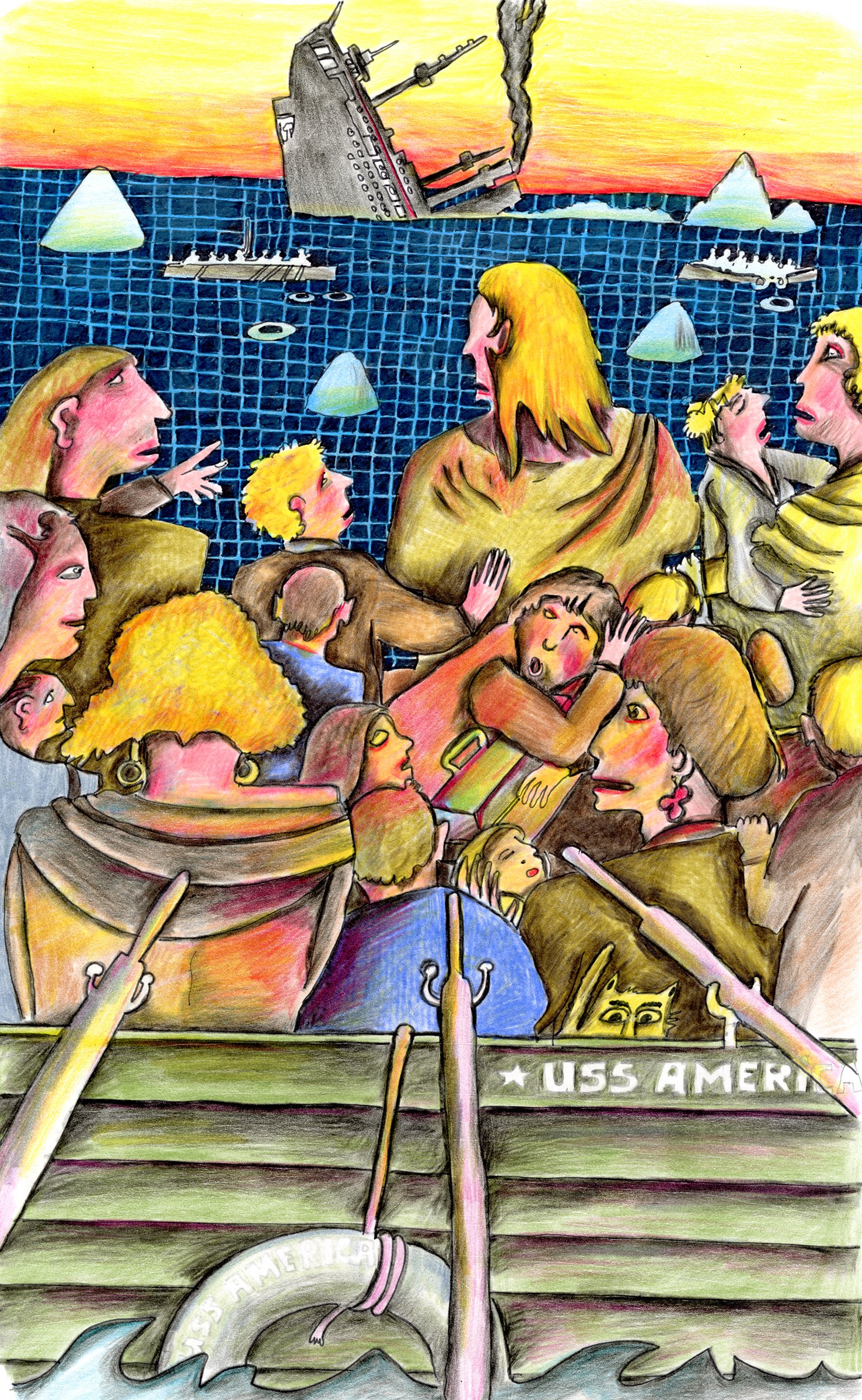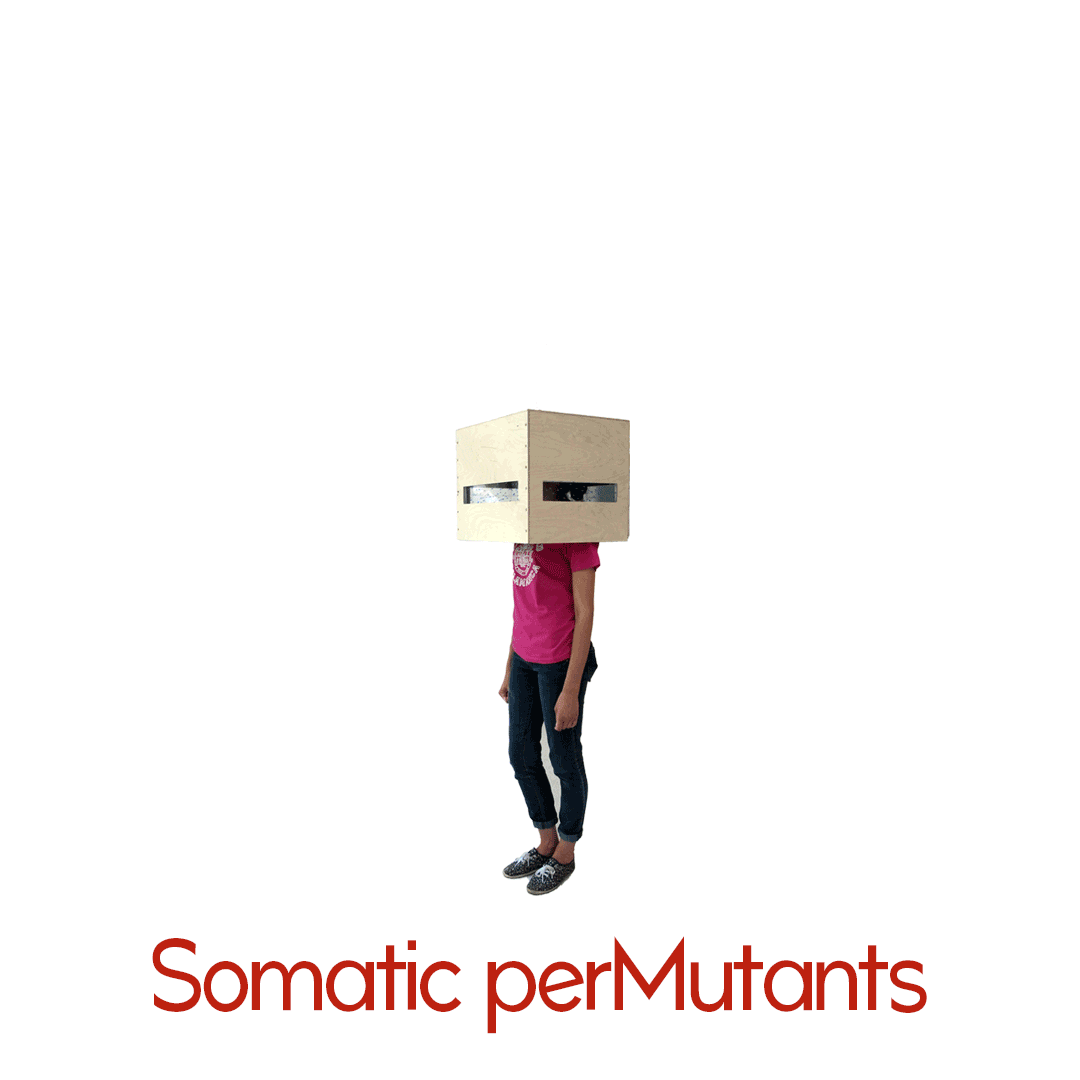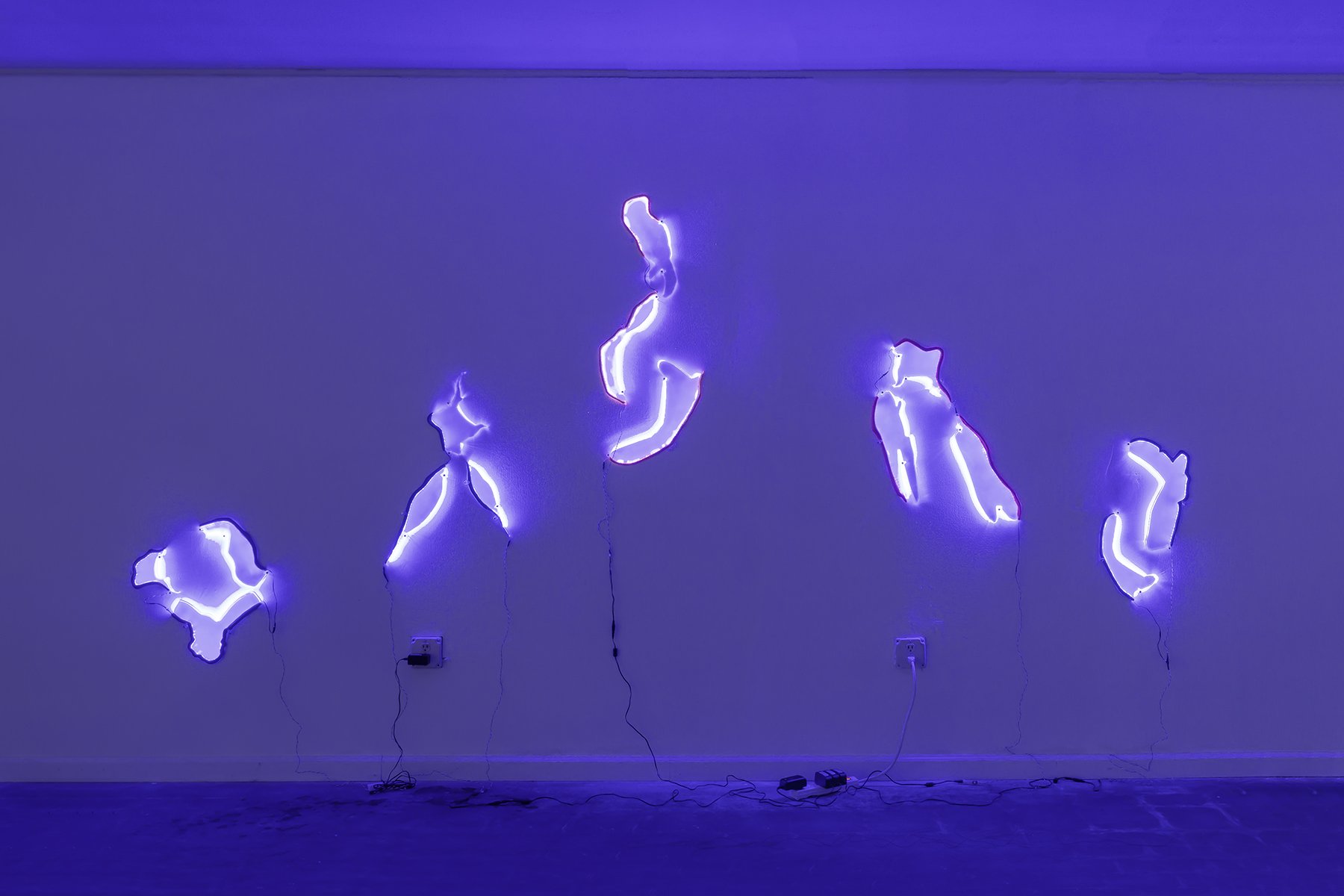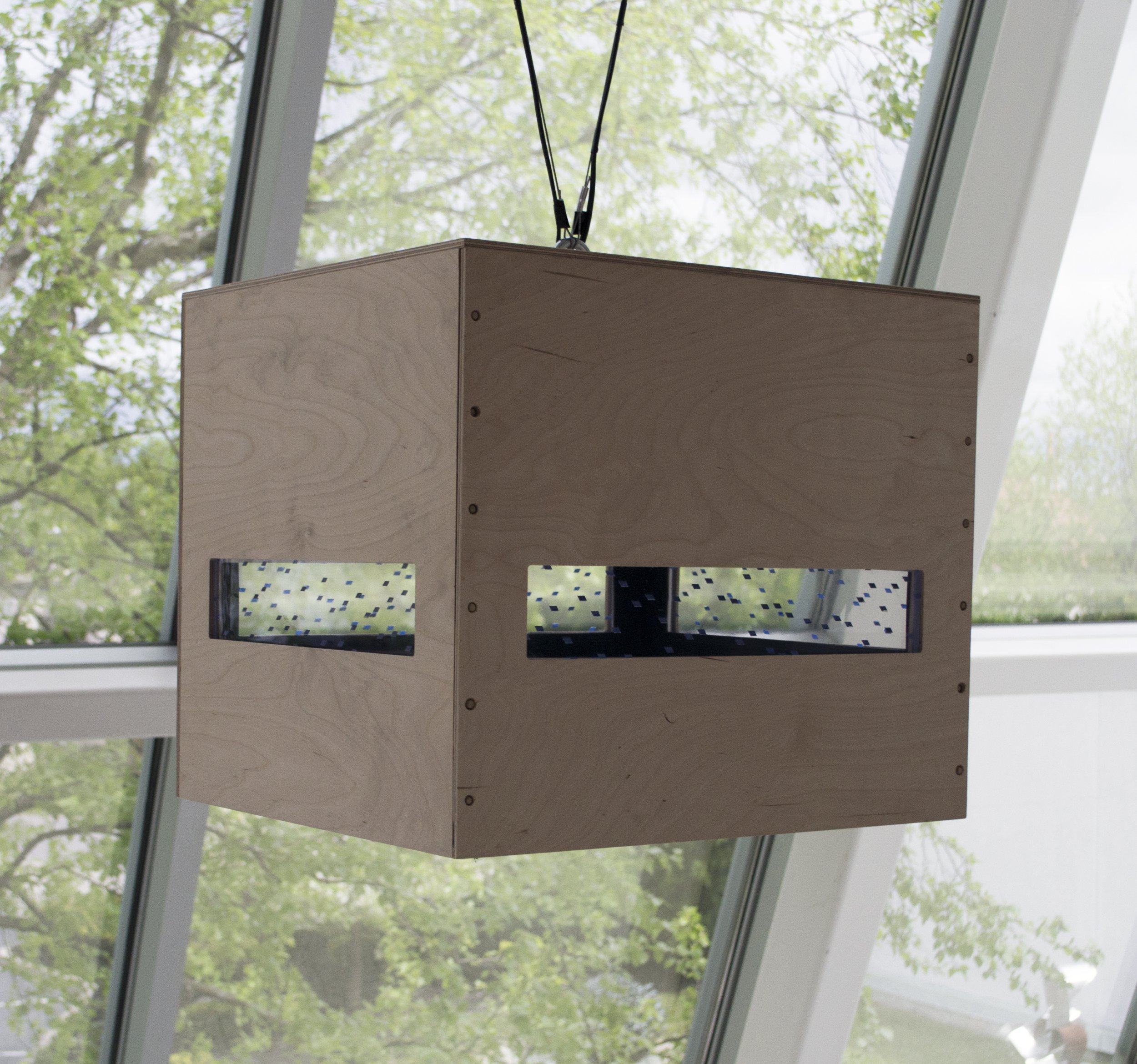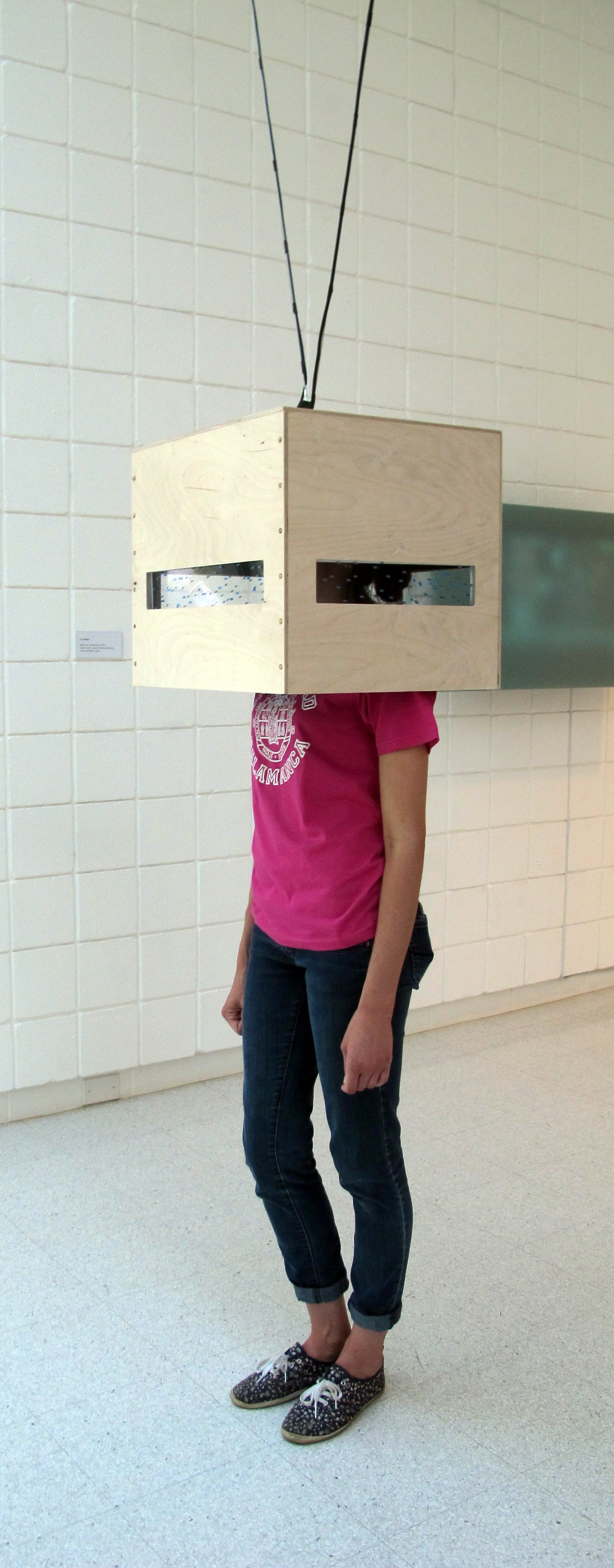March 12 - April 3, 2022
Opening reception Second Saturday, March 12, 2022, from 6-10pm. Masks required indoors.
Be sure to check out The St. Claude Art Rag for more info on the Second Saturday Art Openings on St. Claude!
Programming this month:
Sunday, March 13, 2pm: The Dust That Makes Mud
FAILURE: a discussion
a conversation with Brit Krohmer
A collaboration with SHED Gallery, hosted by The Front.
Tuesday, March 15, 6pm: Rubber Flower Poetry Hour
Music by Salvatore Geloso and Bett Williams & Rosemary Carroll
Followed by an Open Mic & Outdoor Reading
A collaboration with Tilted House, hosted by The Front
Doors at 6, Show at 7
March Exhibitions:
Room 1
Rosalie Smith, Study of Wind on Grass is an exhibition of photographs, sculptures, and mergers of the two. Inspired by the experience of watching a field of grass rustle in the wind, the work explores movement in the landscape, containment through representation, and temporal beauty.
Rosalie Smith, "Study of wind on grass I;" resin, indiangrass, found school desk; 2022; Varied dimensions.
Study of Wind on Grass
Rosalie Smith
My name is Rosalie Smith and I am an emerging American artist born in 1993. In July 2017, I quit my job as a grant writer at the Contemporary Arts Center, New Orleans. My mother was dying of cancer, and needed a caregiver. I had produced little work since graduating from Smith College in 2015, and began devoting days to the studio. In the process of losing my mother I developed a sensitivity to the tenuousness of life that became a lens through which I saw the world, and began to inform my artistic practice.
As an interdisciplinary artist, I collect non-art objects that speak to grief and attachment. In manipulating the detritus, I explore humanity's futile attempts to control our environment in the face of ephemeral truth. I am drawn to natural erosion of the built environment, the illusion of permanence, and the inevitability of loss. I work with concept driven media, including resin, found materials, and wood. In my work I replicate processes of documentation and preservation, exposing their fallibility.
My practice has often resulted in personal monuments to human experiences, made accessible through formal abstraction. My Mother’s Last Garden is an installation made with flowers collected from bouquets sent to my mother when diagnosed with terminal cancer. In an effort towards preservation, I coated the flowers in resin and planted them in cement. In this installation I evoke the solitary yet universal nature of grief. The process reflects a struggle to preserve the already dead flowers. It was recently written about in Art In America, after being shown at the Contemporary Arts Center in New Orleans, where it moved strangers to tears.
Rosalie Smith is a New Orleans-based artist making work about temporality and grief, explored through found materials, photography, and painting.
Room 2
Bianca Walker, Fu, house paint on drop cloth, 8'x7'5", 2022.
All-American
Bianca Walker
In my current work I explore the history of colonization by embracing simple methods of crafting the environment in a way that emphasizes the primitive qualities of the materials, such as the fluidity of house paint by dripping the work or the absorbency and malleability of drop cloth by leaving it bare and wrinkled. Abstracting images of the African Diaspora allows me to present blackness in a vulnerable and primitive state; a state that it often isn’t allowed to exist. My reverence of material mirrors the reverence for the subject matter; the archival images I work from compose their own paintings with little to no manipulation due to the absence of a brush; creating moments where black people are free.
Bianca Walker is a 24-year-old, nonbinary, painter from the Bay Area, California. They were raised surrounded by vibrant street art until gentrification began to ravage the place they once called home, leaving colored walls bare. Walker migrated to Louisiana and began their studies at Grambling State University where they were submerged in painting and black history. As their education continued, they quickly grew tired of traditional art methods and began to use a drip painting technique that reflects their street art roots. Now developing an MFA thesis at the University of New Orleans Walker uses these drips as an integral part of their visual language while incorporating archival imagery of the African Diaspora activating a history they can see being erased.
Jeremiah Ariaz, Scarlett with Self-Portrait as Robert, Archival Pigment Print 32x40”, 2022
Scarlett, Untitled, Mixed Media Drawing, 17x11in, 2021
Scarlett, Untitled, Mixed Media Drawing, 17x11in, 2017
Scarlett, You Have Thirty Seconds…, Mixed Media Drawing, 17x11in, 2016
Scarlett in conversation with Jeremiah Ariaz
This exhibition pairs recent drawings by Scarlett, a self-taught artist and writer based in the Midwest, with portraits made by longtime friend and fellow native Kansan Jeremiah Ariaz. Scarlett’s prolific, ecstatic drawing practice describes the depths of her interior experience as a transgender woman in rural America. Scenes of exuberant dreamscapes, scathing political satire, dystopian terror, and anxious revelation are rendered with exacting visual density: equal parts sharp humor, delight, and despair. Over the last ten years, collaborative photographic portrait-making has become a ritual of this intergenerational friendship –– a tender storytelling tool –– a way to understand lived experience, alienation, expression, and belonging. After thirty years of conversation and a decade of collaboration, they share a window to this dialogue.
Scarlett is a self-taught artist and writer from rural Kansas. A 78-year old Vietnam Veteran who presented primarily as Robert until 2021, Scarlett is a prolific artist and writer whose daily drawing practice explores the landscape of her unconscious: her personal history, dreams, sharp sense of humor, and social-political anxieties reveal themselves within the drawings. Her work has been widely exhibited in the midwest; this is her first exhibition in New Orleans.
Jeremiah Ariaz was raised in Kansas and is a Professor of Art at Louisiana State University. He received his BFA from the Kansas City Art Institute and MFA from the State University of New York at Buffalo. His research-based practice is focused on examining the constructs of American identity within personal, community, media and political contexts. For his most recently completed project Louisiana Trail Riders, he was the recipient of a 2018 ATLAS grant, the Michael P. Smith Award for Documentary Photography from the Louisiana Endowment for the Humanities, the 2018 South Arts Finalist and Louisiana State Fellow. The photographs have been exhibited nationally, and a monograph of the work is available from UL Press (2018).
Room 4
Liz Lessner,Caesar Shift I-V, Acrylic, Epoxy Clay, Blue Light, 13″ x 38″ x 0.75″; 2017-2018.
The Caesar Shifts are 2-D translations of the forms created by the Interstitial Casting in the Stills and Coercions sculpture series. Interstitial Castings are castings of the negative space between two people engaged in intimate gestures like air-kissing or pushing one another. The light elements in this work reference the medieval use of halos of light along with specific gestures to emphasize important narrative elements. The title, Caesar Shift, refers to a particular form of cipher as these shapes also reference hieroglyphics and the process of encoding and translating gestural communication.
Liz Lessner, Stills, Gypsum, Fiberglass, Steel variable; 2015
Stills is a group of sculptures composed of five interstitial castings
These objects are negative space castings of people engaged in intimate gestures.
They are the interstitial space between two people engaged in iconic gestures like air-kissing or pushing one another.
Liz Lessner, Rainbox, Wood, acrylic, electro-luminescent tape, microcontrollers, scent, 16″ x 18″ x 16″; 2015.
Viewers stick their head inside the plain birch box which is lined with black silk impregnated with the scents of fresh rain, ozone, and pine. The electroluminescent tape is programmed with a flickering rhythm that mimics the pattern of falling rain. The electronic components emit a faint whine, like the buzz of neon, and the light reflects through specialty plexi windows which have mirrored squares that reflect points of blue light, mimicking rain droplets on the window.
Somatic PerMutants
Liz Lessner
I make sculptures that use sensory perception to reframe interpersonal interactions. These objects combine traditional sculpture materials with physical computing to structure multi-sensory experiences that are often interactive. Gesture is the fulcrum of this work, leading to sculptures and installations that are relational and responsive. These objects consider social feedback loops, popular narratives of desire, as well as mythology and nostalgia and the fetishism that both imply. They explore negotiations of power and status, authenticity, and performance, and arouse preconscious affinities through forms that unsettle and attract.
This work is influenced by Lygia Clark’s Sensorial and Relational Objects which use ritualized and focused gestural performances to reframe the processing of memories, inter-personal interactions, and conceptions of self. My 2019 research in Clark’s archives revolved around the idea of the spatial and sensory kōan. The kōan can be described as a paradoxical riddle that has no solution as well as Zen Buddhist method that demonstrates the inadequacy of logical reasoning. The idea of the sensory kōan has become a strategy that informs my recent work. I juxtapose material and sensation to create relational objects that urge the viewer to participate by foregrounding sensory experience and the attendant associations of personal embodied memory which follow. These objects expedite an embodied response to stimuli which are usually passively processed. Through amplification and sustained interaction these sculptures experiment with a collaborative process of play and exploration which facilitates unreasonable ways of knowing.
Liz Lessner is a sculptor whose work combines traditional fabrication techniques and emerging technologies to create novel sensory experiences. These often interactive objects stage encounters that reframe common occurrences and routine happenings. She was a 2019 Fulbright Scholar affiliated with the Department of Expressions and Languages at the Federal University of Rio de Janeiro as well as the CrossLab Research Group and the Lab for Innovation and Prototyping at the University of Fortaleza in Ceará, Brazil. Lessner has had solo shows at VisArts in Rockville, MD; Honfleur Gallery in Washington, D.C.; Big Orbit, a Center for Exploratory and Perceptual Arts Project Space in Buffalo, NY; and The University of Oregon’s Eric Washburne Gallery in Eugene, OR. She has exhibited her work nationally and internationally including A.I.R. gallery in Brooklyn, NY; The CrossLab for Innovation and Prototyping at the University of Fortaleza in Fortaleza, Brazil; the Guapamacátaro Center for Art and Ecology in Michoacán, Mexico; and Everard Read’s Circa Gallery in Cape Town, South Africa. She has an MFA in Media Study from the University at Buffalo. Her research into embedded electronics' ability to create novel sensory experiences has been supported by grants like the Mark Diamond Research Fund, fellowships like the Eyeo Artists Fellowship, and awards like a Fulbright Research Award.
She is the founder of the Sensory Engagement Lab, a community-based research platform that probes how novel combinations of materials and embedded electronics contribute to sensory experience by fostering collaborations between artists, technologists, and other thinkers to produce interactive and experimental art works. She is also a co-founder of Yes We Cannibal, a Baton Rouge, LA based project space for unrestricted and non-hierarchical cultural experimentation in the areas of art, music, food, social research, and performance.
